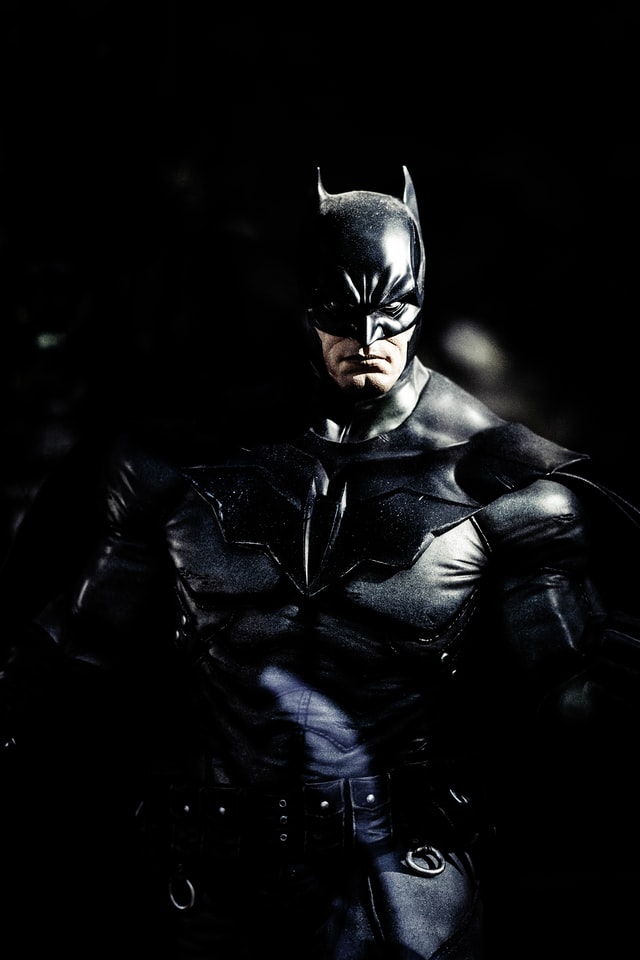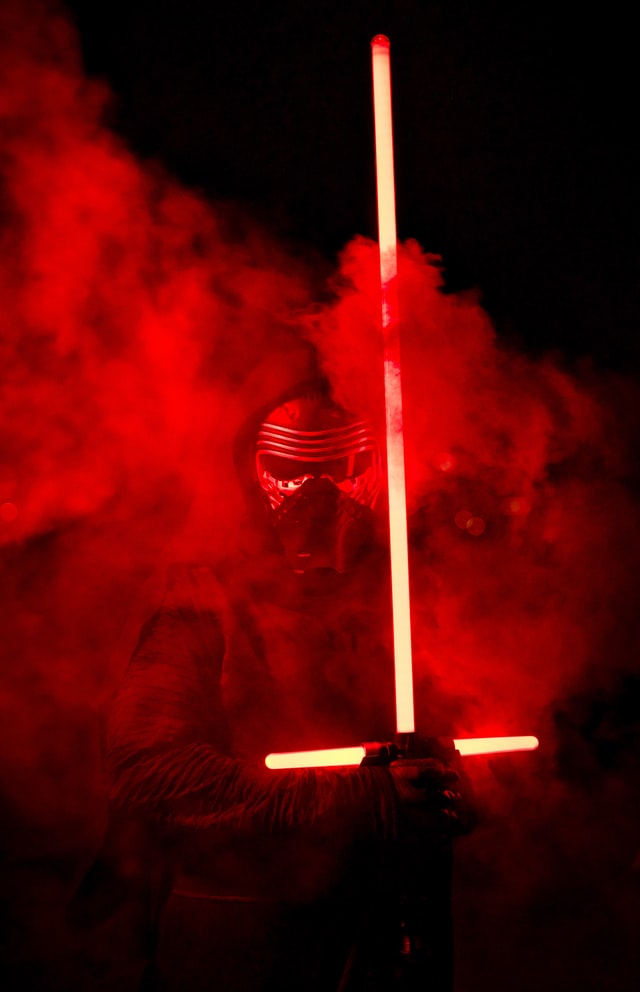Byronic Heroes are characters with dark and brooding personalities, but deep down they have a soft and troubled heart. At least a dozen popular fictional characters fit this trope. Chances are, readers may know several people like this in real life as well. They’re often celebrated and glorified in popular culture.
The Byronic Hero archetype was popularized by and is named after Lord Byron, although he didn’t invent the archetype. These characters appear everywhere in fiction and in real life. This archetype is also dripping in toxic masculinity, and it could argue that men are socialized to be Byronic Heroes.
What Are The Traits of a Byronic Hero?
According to TVTropes.com, these are some of the traits of the Byronic Hero:
- They’re attractive, charismatic, intelligent, and they’re normally male (although there are female examples)
- They are normally educated, cunning, and passionate about their values that go against the status quo
- They’re introspective, insecure, and typically emotionally sensitive (sometimes to the point of being chauvinistic)
- They’re cynical and they have some dark experiences in their past. Their inability to properly deal with their trauma leads them to build emotional walls around themselves.
- Uncoincidentally, Pink Floyd’s The Wall has one of music’s best examples of the Byronic Hero
- The conflict in the story usually comes from their refusal to compromise their integrity
Byronic Hero Examples
- “Childe Harold’s Pilgrimage” by Lord Byron helped solidify this archetype.
- Wuthering Heights by Emily Bronte. Along with Childe Harold, the character Heathcliff might be the most famous example of the Byronic Hero in literature.
- The Catcher in the Rye – Holden Caufield
- The Count of Monte Cristo – The titular count
- Frankenstein by the late great Mary Shelley has two examples.
- Dr. Frankenstein
- Frankenstein’s Monster
- The Great Gatsby – Jay Gatsby
- Harry Potter is full of Byronic Heroes
- Severus Snape
- Sirius Black
- Harry Potter himself
- A Hero of Our Time by Mikhail Lermontov. This is one of the greatest Russian novels ever written and features one of the best examples of the Byronic Hero, while mercilessly parodying the trope. Lermontov was one of Lord Byron’s fans and has often been called the Russian version of Lord Byron.
- Paradise Lost by John Milton. Satan’s character might be the original Byronic Hero in fiction.
- Star Wars
- Both Darth Vader and Kylo Ren
- Most of the male members of The Avengers
- V for Vendetta by Alan Moore

Who Was Lord Byron?
Byron was relatively unique among 19th Century writers in that he was wildly popular in his lifetime. To this day he’s still one of the most famous poets of all time, especially in English literature (he can be seen as a British version of Edgar Allan Poe in some ways). There are actually more differences than similarities between Poe and Byron in terms of their writing and their personal lives, but they have both been stereotyped as the classic dark and brooding “true artist” poets.
Byron was a nobleman who (somewhat) rejected his noble lineage and was one of the most prominent writers of the Romantic Era. He was best friends with Mary and Percy Shelley (he helped inspire Frankenstein) and he’s the father of Ada Lovelace, the mother of computer science. He spent a lot of time writing about Byronic Heroes in his poetry and prose, and many people see him as the living embodiment of the Byronic Hero archetype. There’s a reason the archetype is named after him.

In What Ways Does Childe Harold Represent The Byronic Hero?
Childe Harold’s Pilgrimage is a long narrative poem written by Lord Byron, and it’s arguably his magnum opus. Childe Harold is Byron’s author avatar. As such, Childe Harold is a classic example of the Byronic Hero. Childe Harold is a rich young man who gets tired of his life of leisure and hedonistic pleasure. So he decides to travel the world to find meaning in his life.
How is Heathcliff a Byronic Hero?
Heathcliff, a character from Emily Bronte’s novel Wuthering Heights, is one of fiction’s most famous examples of the Byronic Hero and one of the earliest deconstructions in literature. Heathcliff is an outsider who becomes increasingly bitter as he’s continually rejected throughout his life. He’s a bastard in both senses of the term – he’s born out of wedlock, and he’s bitter to almost everyone. His deep, unending, and entirely unhealthy “love” for Catherine, a female character, causes him to make some questionable decisions.
One of the most notable things about Heathcliff’s character is that the Byronic Hero normally gets more sympathetic as the story progresses. Wuthering Heights does the opposite. Heathcliff becomes less sympathetic as the story continues and the reader sees that this character really is a monster with almost no redeeming qualities.
Is Kylo Ren A Byronic Hero?
The Byronic Hero is associated with old school gothic fiction, but the archetype is not just the product of classical literature. A modern example from pop culture is Star Wars’ Kylo Ren.
Kylo Ren is one of the main characters in the new Star Wars movies. He is conflicted and torn between the light and dark sides of the force. Much like the story of Anakin Skywalker in the prequels and original trilogy, one of the main storylines of the new Star Wars movies is Kylo Ren’s fall to the dark side and his eventual return to the light.

The Byronic Hero and Toxic Masculinity
Is the Byronic Hero popular because of toxic masculinity, or is toxic masculinity influenced by the enduring popularity of the Byronic Hero?
Frustratingly, sociology seems to have very little written about this. At the time of this article, we assumed we would be able to find scholarly articles on how this trope has influenced our perceptions of masculinity, but the closest we could find was a Reddit forum where a user was complaining that overly emotional men are made fun of. This is a valid complaint, but it’s hardly the expert opinion we were looking for.
However, there is a book by Dr. Michael Jones called The Byronic Hero and the Rhetoric of Masculinity in the 19th Century British Novel. Dr. Jones traces the evolution of the Byronic Hero as a literary concept, and how it has changed to reflect contemporary standards of masculinity. Dr. Jones’ book has made us consider the idea that maybe the Byronic Hero isn’t actually an influence on masculinity like we thought. Maybe it’s the other way around. Maybe the Byronic Hero is simply an enduring reflection of the ephemeral concept that is masculinity.
